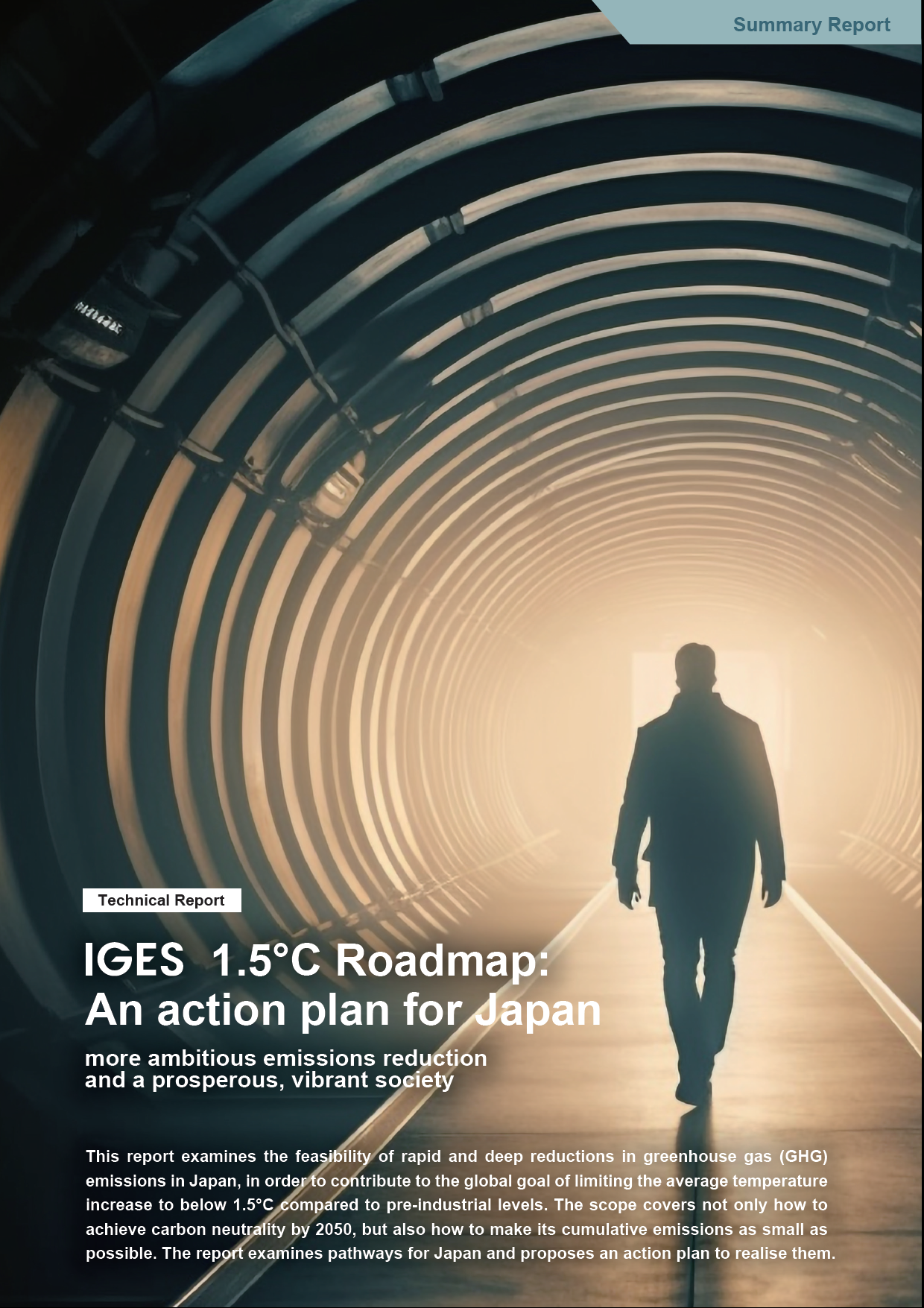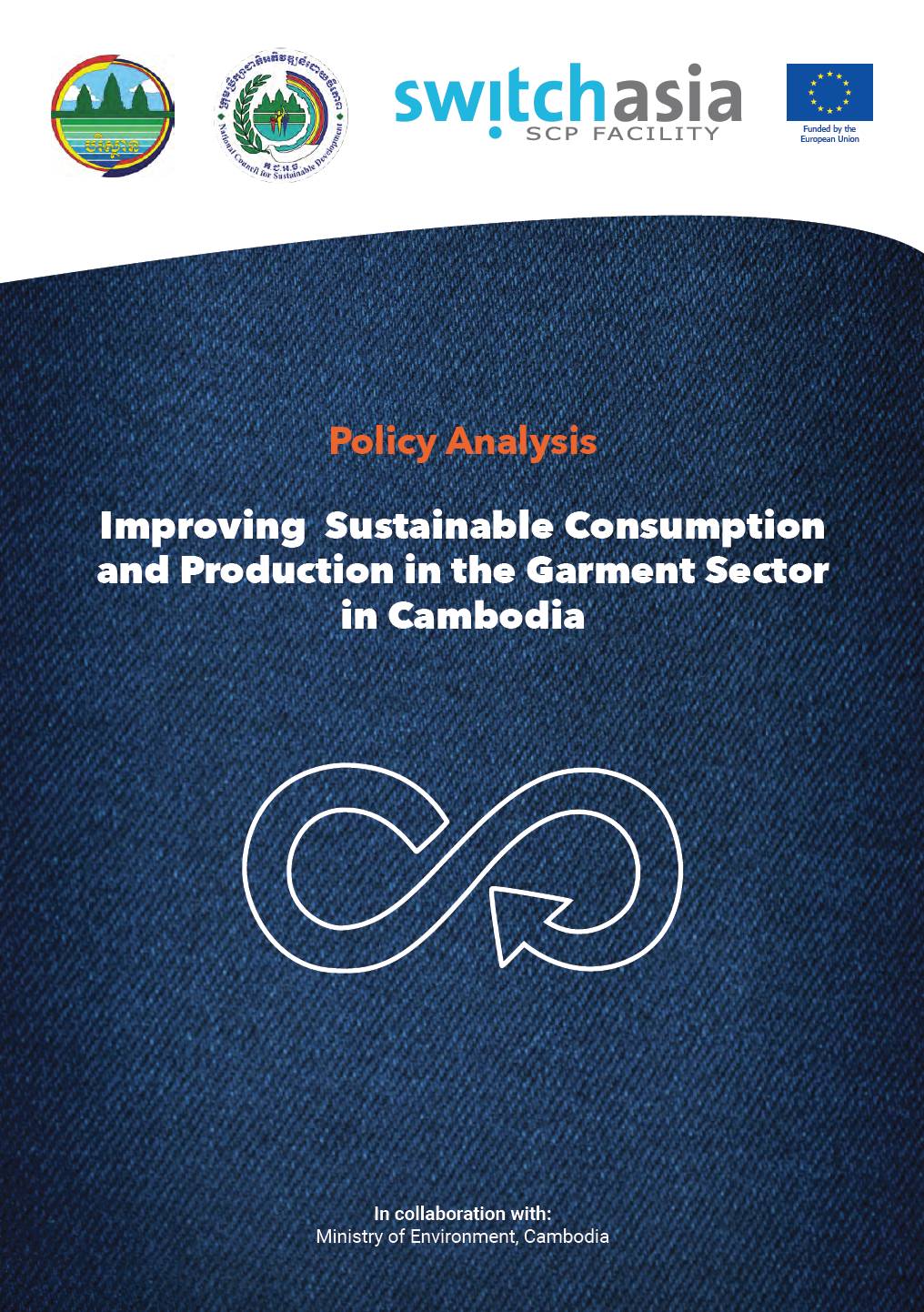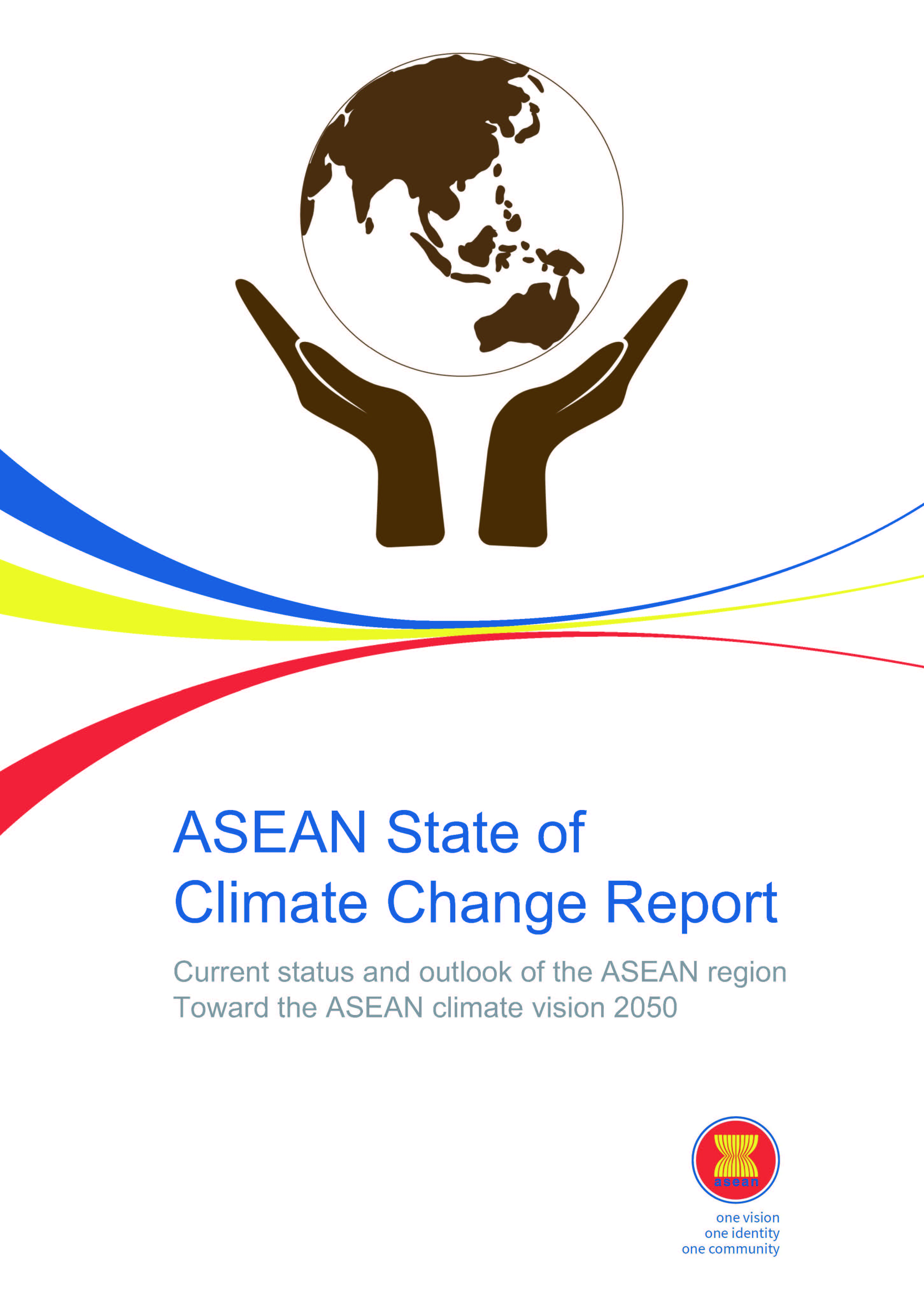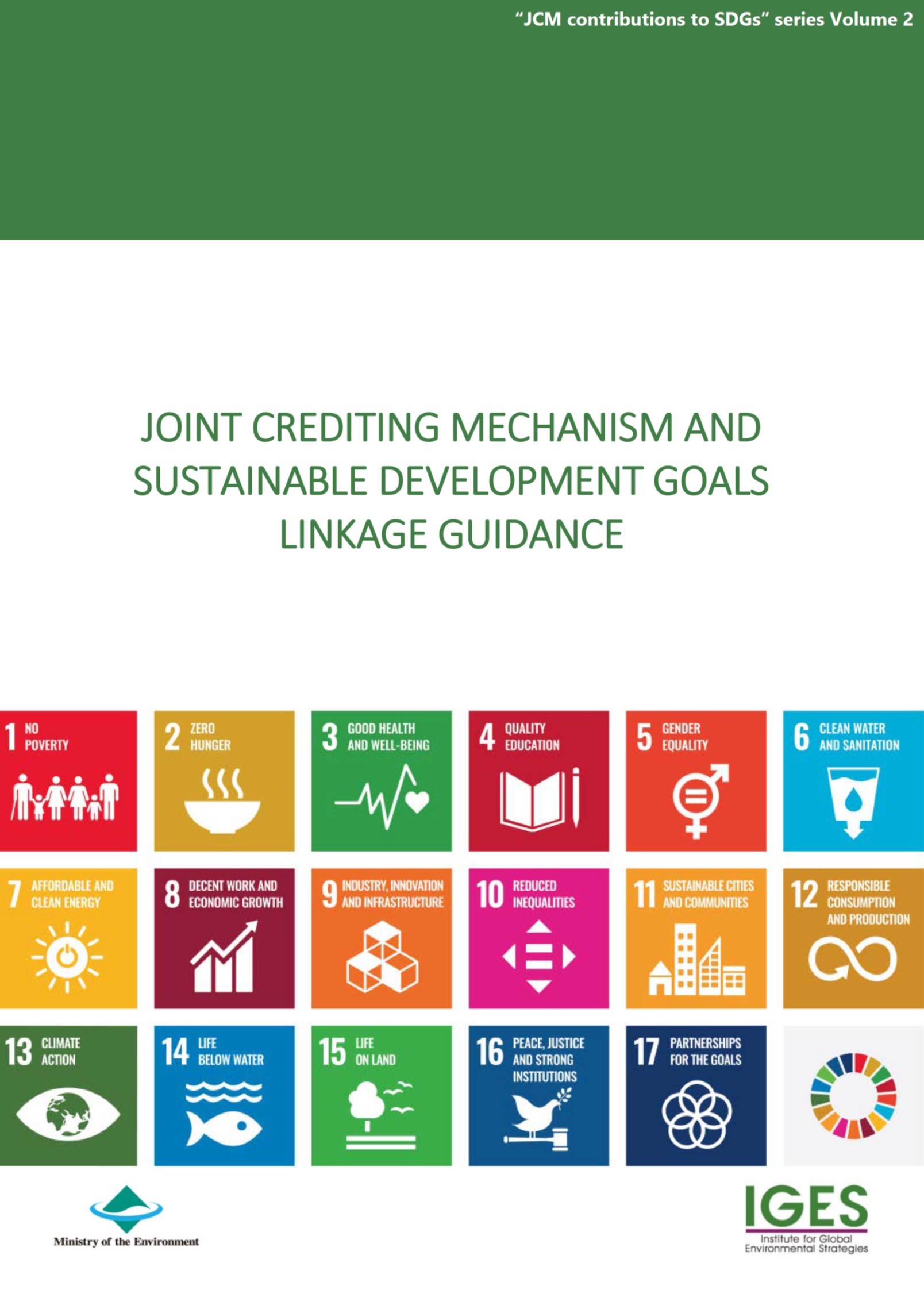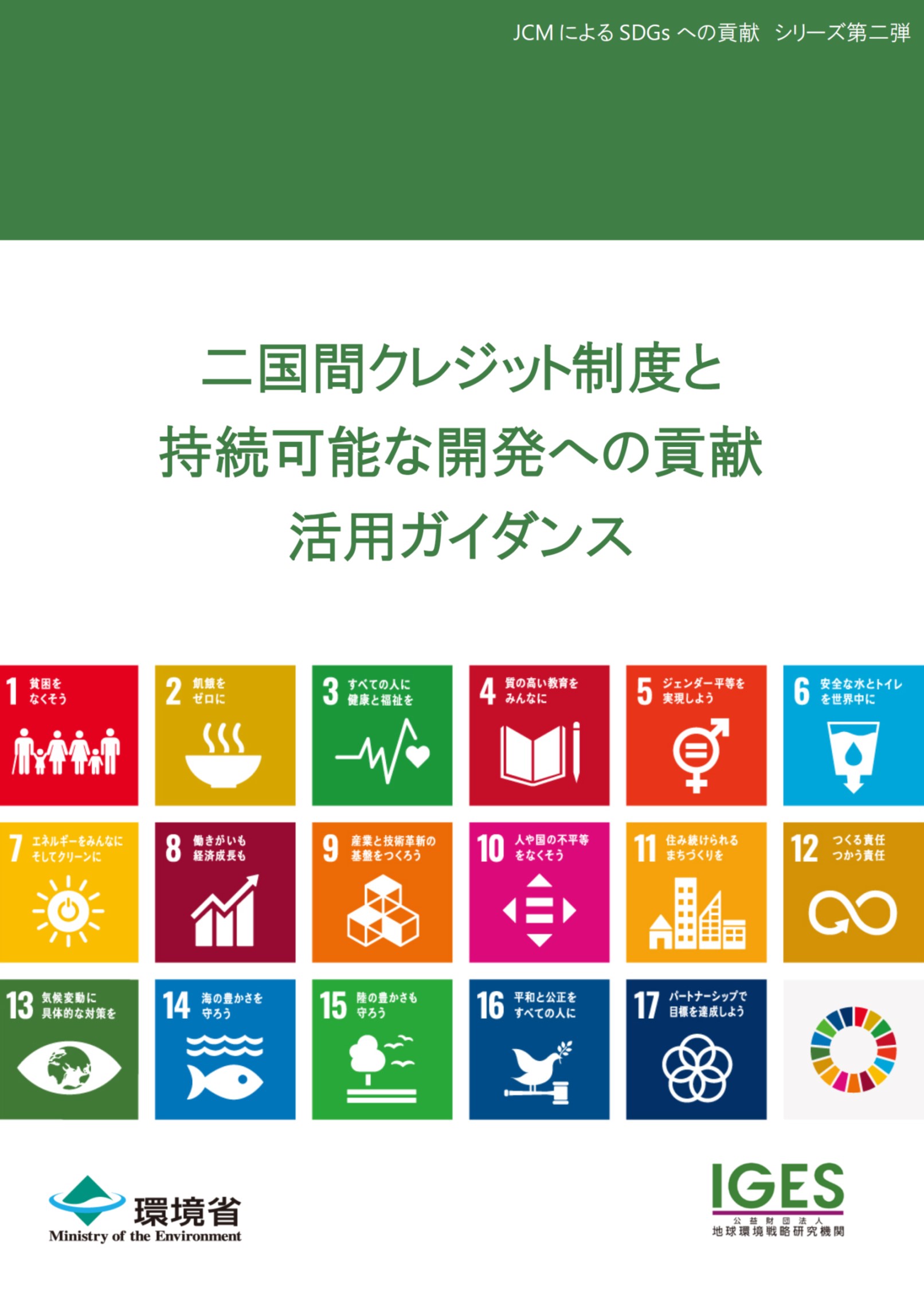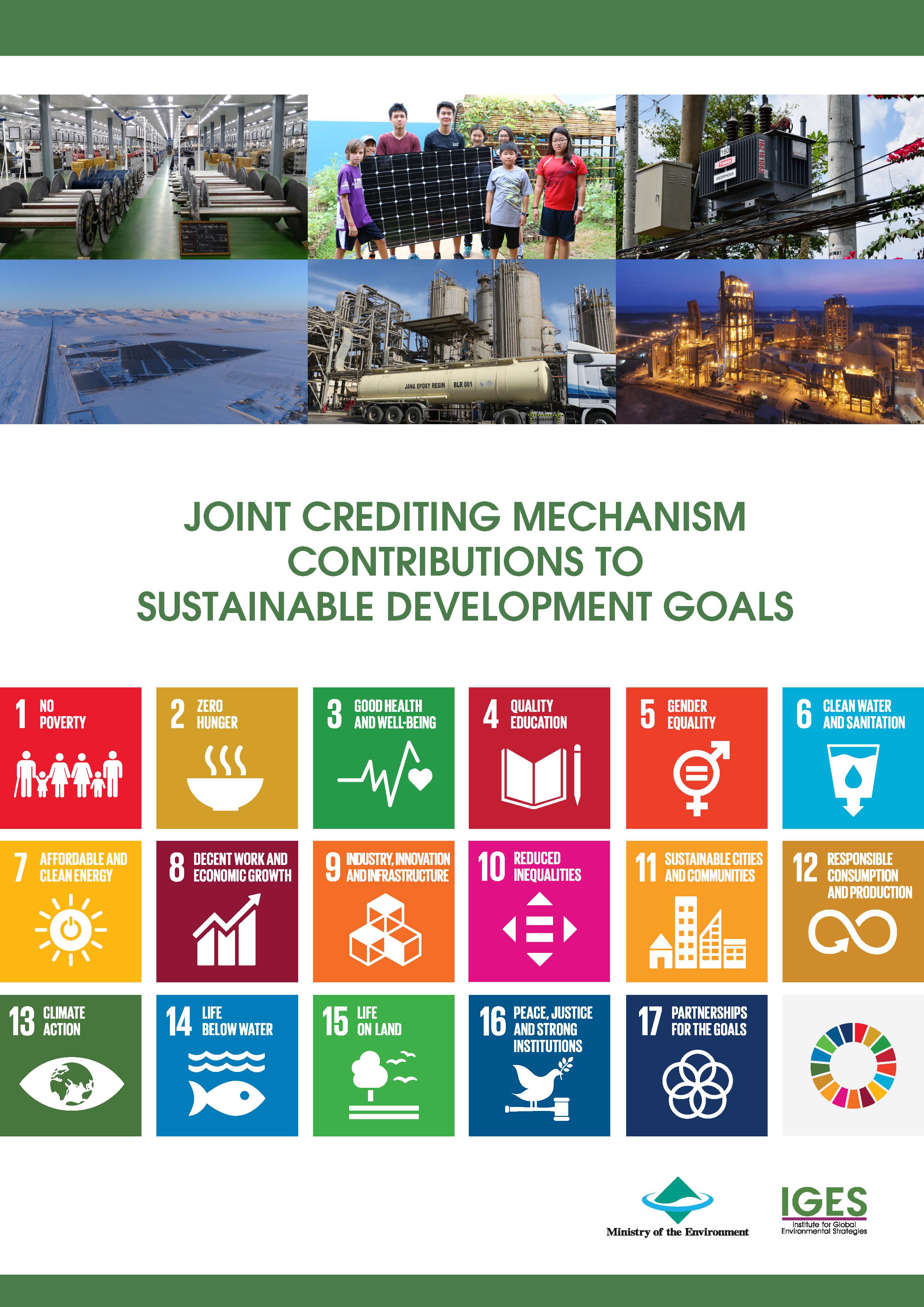本レポートは、世界平均気温の上昇を産業革命前と比べて1.5℃以内に抑えるという目標の達成に向けて、2050年までにカーボンニュートラルを実現するだけではなく、累積排出量をできる限り小さくする観点から、日本国内で早期に大幅な温室効果ガス(GHG)排出量削減を果たす可能性を検討し、その実現のためのアクションプランをまとめたものである。 2024年4月2日更新 謝辞の追記、出典の追記、誤記の修正を行いました。 企業の方向けに使いやすく再構成した「 1.5℃ロードマップ - 脱炭素でチャンスをつかむ。未来をつくる。 」もご活用ください。
Results 1 - 10 of 43 (Sorted by date)
This report examines the feasibility of Japan not only achieving carbon neutrality by 2050, but also making significant reductions in greenhouse gas (GHG) emissions, so as to make its cumulative emissions as small as possible, thereby contributing to the global goal of limiting the average temperature increase to below 1.5°C compared to the pre...
The International Energy Agency estimates that to hit net-zero globally by 2050, six times more critical minerals will be required in 2040 than today. The rapid increase in demand for critical minerals is likely to increase price volatility. This could aggravate energy security concerns, and thereby delay the necessary clean energy transition...
Keywords:
In Resources, Conservation and Recycling
There is limited knowledge on the potential impacts of electric vehicle (EV) deployment in developing countries to date. India is a rapidly industrializing country with a national policy to promote EVs, but does not have the waste management infrastructure to process battery waste. Through a model analysis for India, we projected that the sale of...
The objective of this report is to provide an analysis of the current policy environment for garment production in Cambodia, applying a systems lens to identify challenges and opportunities for enhancing the sustainability of the sector. To maintain the competitiveness of Cambodia’s garment sector in the global market, a shift to sustainable...
The ASEAN State of Climate Change Report (ASCCR) provides an overall outlook of the state of play of climate change issues in the ASEAN region. ASCCR is also a forward-looking report, which includes recommendations on making the transition toward 2030 and on to 2050 for both adaptation and mitigation, considering ASEAN’s development context and the...
Japanese companies have pioneered the development of a large number of low-carbon technologies (LCTs). As a rapidly expanding economy with burgeoning energy requirements, India offers a significant potential market for Japanese LCTs. The industry sector in India accounts for a significant share of commercial energy use and hence carbon dioxide (CO2...
JCM-SDGs linkage guidance can be utilized to identify and analyse how the JCM projects contribute to achieving the SDGs. It shows linkages between JCM project types and SDG Targets. Measuring JCM project contributions to the SDGs would support a company’s internal communication and decision-making towards integration of the SDGs and business...
二国間クレジット制度と持続可能な開発への貢献活用ガイダンスは、JCMプロジェクトがどのようにSDGsに貢献しているかの特定や分析に活用することができます。プロジェクトを分析することで、企業内におけるJCMのSDGsへの貢献の理解を深め、ビジネス戦略とSDGsの統合に関するコミュニケーションや意思決定を促します。さらに、SDGsを軸とする新たなビジネス戦略構築のための戦略的ツールとしてJCMを活用することができます。
This report is the first publication to analyse the inter-linkage between Joint Crediting Mechanism (JCM) and Sustainable Development Goals (SDGs) and aims to clarify how the JCM contributes to SDG Goals and Targets. The JCM projects are mainly developed between a Japanese company and a local company in the partner country; therefore, we included...


